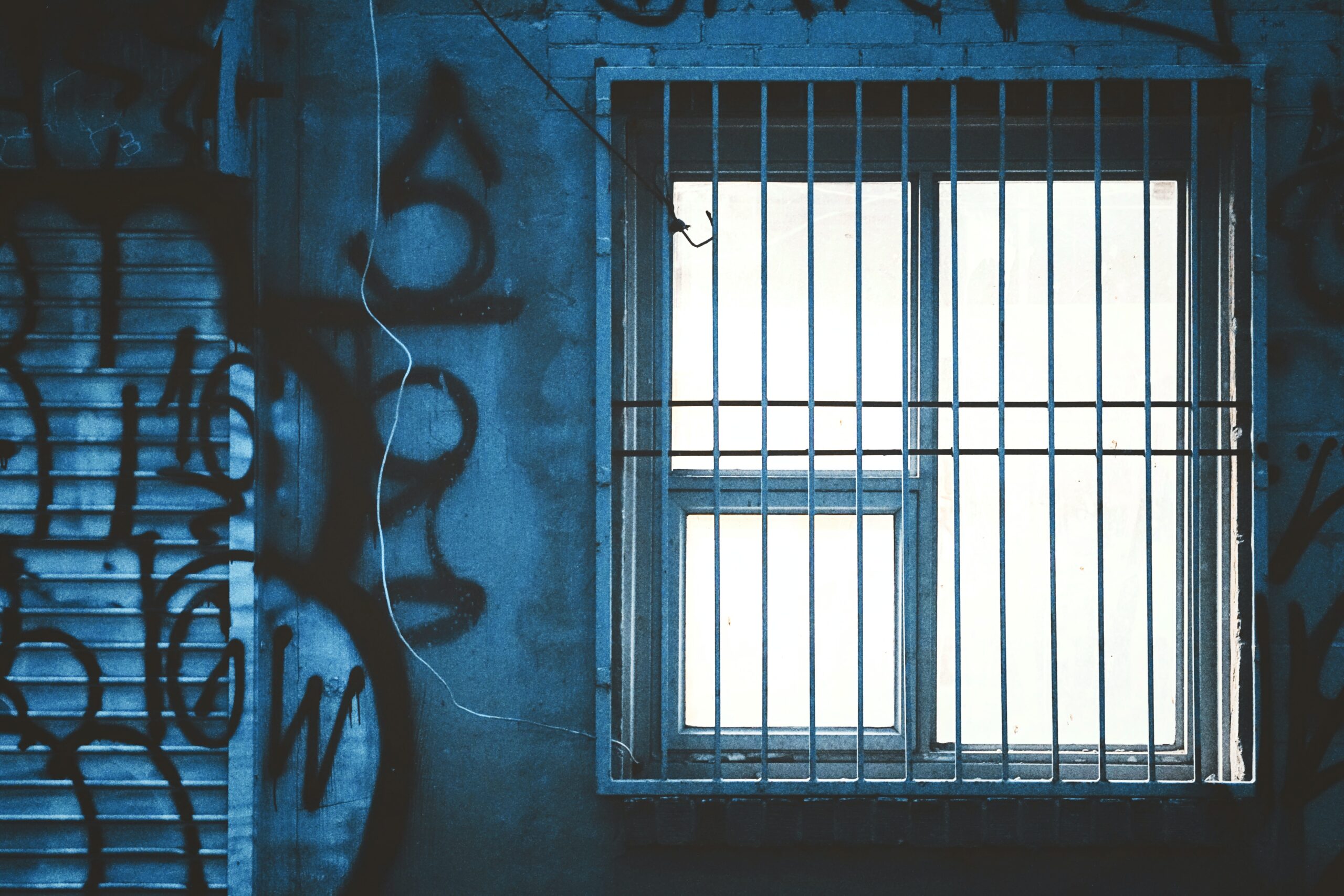A glorious, suspenseful film told in flashback, Harakiri delivers a potent and gut-wrenching ethical message that has lost none of its thrust, released though it was more than fifty years ago, and dealing with subject matter dating to the early seventeenth century of the Edo period. It is a samurai film, a storied “jidaigeki” with critical acclaim; but it is also a coup de grâce delivered to the outmoded Bushido-way-of-life, so honorable to those with unbending principles that it becomes hypocrisy and an excuse for the cruel mistreatment of others.
The historical distance of the film magnifies, rather than reduces, the timeliness of the issue of merciless, inflexible ideologies: not only does it bring to life the cultural continuity of a Japanese problem, which militarism brought to a head with Hirohito and the Second World War, but it points up the long and tortured history of the human adherence to codes and ideologies, which have proved time and again to be destructive. Harakiri functions as a defense of the individual as set against institutions, systems, “codes”, and ideologies, pointing toward the more humane, ethical responsibilities that entail as much strength and nobility as those of the martial, katana-wielding samurai.
The slow and methodical plot is ingenious, moving deftly between past and present, the trickling revelations providing their own payoffs like cold water splashing against dirty cobblestones. Hanshiro Tsugumo, a samurai dejected and left-for-dead after his clan was abolished by the Shogun, arrives at the estate of the Lyi clan and asks to commit hara-kiri, a resolute and honorable alternative to the life of an unemployed, masterless samurai. He is warned that a fellow samurai, one of the many others that had lately begun asking to do hara-kiri as a pretense for alms, went to a grisly death; he will meet the same fate, if he does not take his leave at once. But Tsugumo is earnest and unrelenting, and as he sits on the tatami in the forecourt awaiting his death, he requests swordsmen three times, and is three times refused. A messenger is dispatched; one of them is discovered to be bedridden; and the samurai on the mat, still awaiting his death, tells a story that serves as a flashback, illuminating the tensions on the forecourt of that day as more information is revealed and the malicious, hypocritical institution of the clan is laid bare.
The clever plotting is matched by the competent acting and the moving components of the tragedy that has led Tsugumo to seek death. The violence, especially that of the first protracted hara-kiri sequence, seems slightly mannered and superfluous; but in so competent and well-made a film, that is a quibble. The overall coherence, the clever plotting, and the pointed revealing of the thin gruel of samurai codes: these many admirable qualities make Harakiri a film of international stature, while retaining the Japanese-ness of its subject matter.


